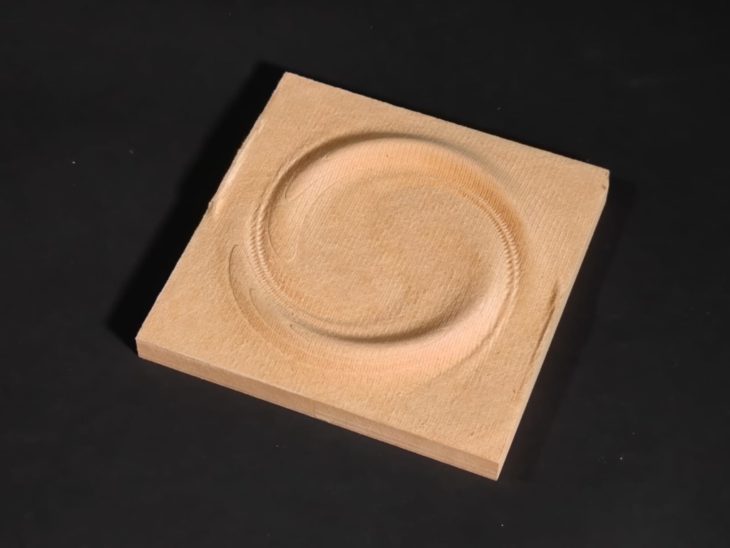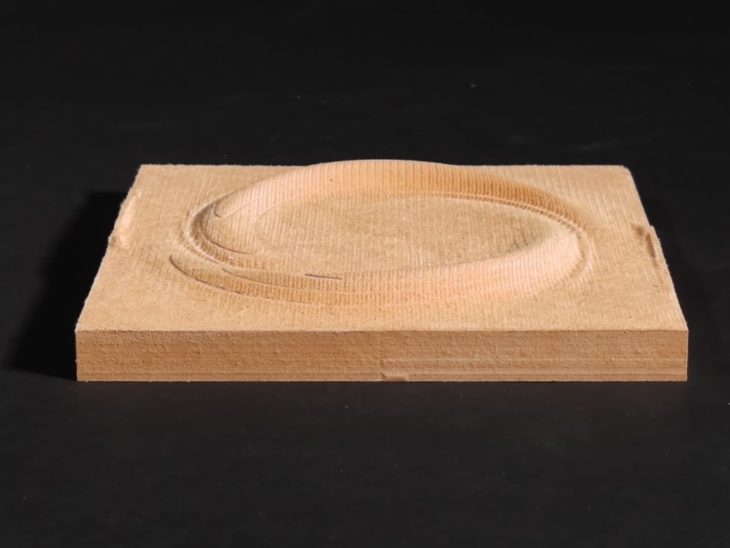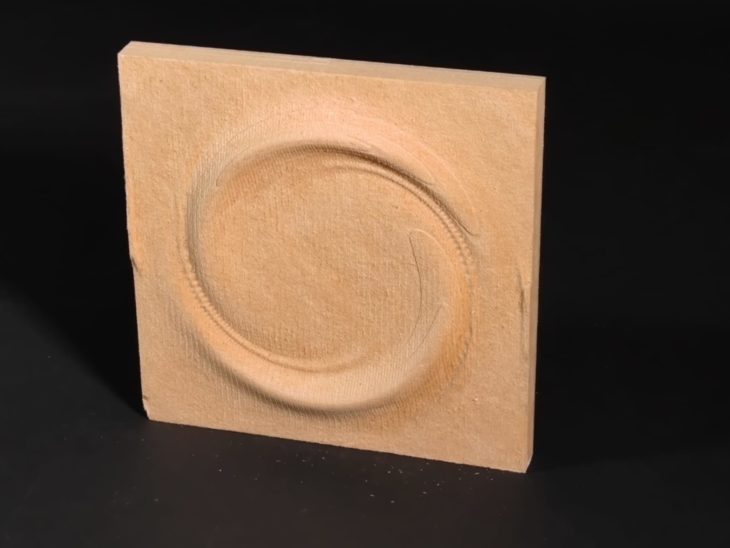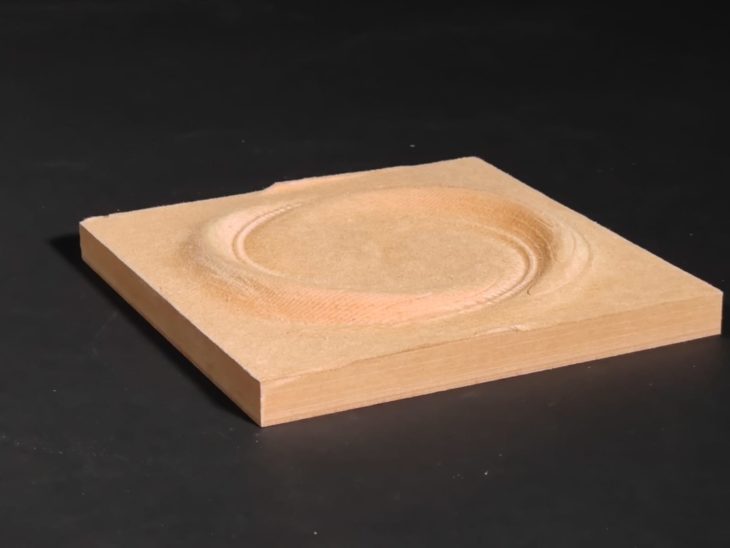— INTRODUCTION —
Digital Fabrication is an introductory course on new production techniques through the relation between computer data and machine-oriented fabrication. The aim of the course is to explore the design opportunities arising from three common digital fabrication processes: Laser Cutting, CNC milling and 3D Printing. Assignments were supported by an iterative exploration of each technology and material, going through a conceptual and prototyping process of design each week.
There were three total exercises aiming at understanding and exploring the capabilities and limitations of the three manufacturing processes and to develop an integrated approach to design and production. The common framework of exercises was to develop a modular recursive geometry that can be stacked and assembled. Deconstruction of abstract three-dimensional recursive geometries into tangible and spatial realities were the main objectives throughout this seminar.
— CNC MILLING : SWIRL
The aim of this project was to test out the 3 axis milling methodology through creating surface with subtractive processes. Initial concept was created as an experiment for giving the rigid materials, such as, hard wood, MDF and plywood fluidity and organic twist. In order to achieve that, the geometry was first modelled with grasshopper to test the limitations of proposed concept (see the Video01).
.Video1.
Afterwards, through RhinoCAM, simulations of milling process were run. According to the simulation process (see image01), cut parameters were altered and perfected. Chosen production processes were 1-horizontal roughing, 2-parallel finishing and 3-axis profiling.

.Image01. Simulation
–PRODUCTION CALCULATIONS
Material: MDF – Machine: T Rex – Post Processor: CNC BCN Step Raptor – Workpiece Volume: 200x200x30 mm
Horizontal Roughing
Flat Mill
Flute:
2
Diameter:
6 mm
Spindle Speed:
12000
Cut Direction:
Upcut
Stepdown Control (
dZ 50%
Stepover Distance:
25%
Total mill time:
36.34 minutes
Parallel Finishing
Ball Mill
Diameter:
6 mm
Spindle Speed:
12000
Cut Direction:
Upcut
Stepover Control:
25
Total mill time:
14 minutes
Axis Profiling
Flat Mill
Diameter:
10
Spindle Speed:
12000
Cut Direction:
Upcut
Stepover Control:
0
Total mill time:
3.80 minutes
–AXONOMETRIC DIAGRAM FOR DETAILING
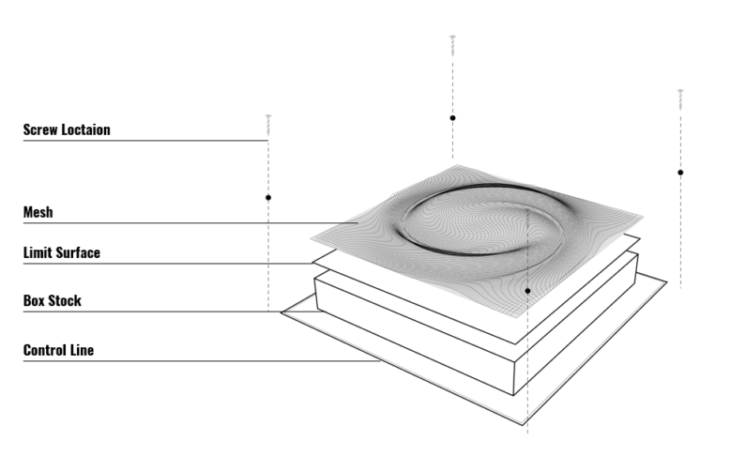
–FINAL PROTOTYPE PICTURES
–LASER CUTTING : POLYHEDRON EXPLORATION
The first session was spent to experiment the geometry, joints, and aggregation processes in digital and physical realms.
The proposal was composed of a polyhedron with pentagon surfaces. In order to achieve that geometry interlocking
joint method was used to connect pentagons. As a material, transparent acrylic (3 mm) was chosen to understand the connections. Interlocking joint geometry facilitated the aggregation process of the overall recursive geometry.
Working Parameters:
For Epilog ——— For Rayjet
Speed: 15 ——— Speed: 2.00
Power: 90 ——— Power: 60
Frequency: 4900 ——— N/a
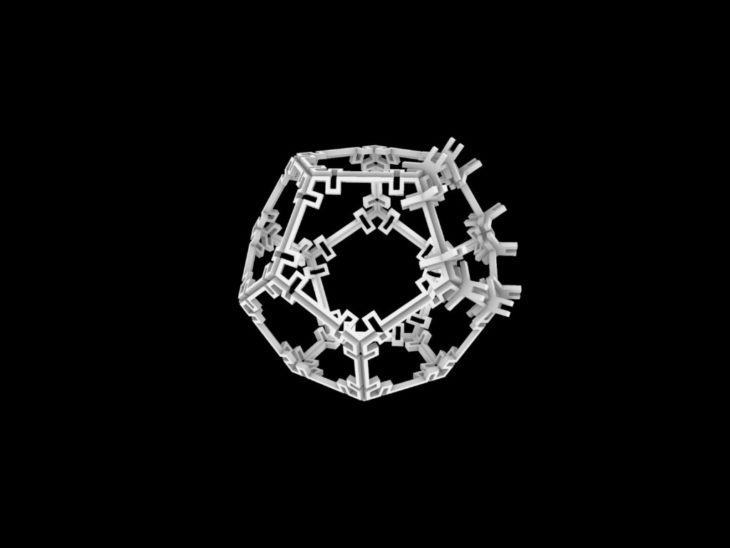
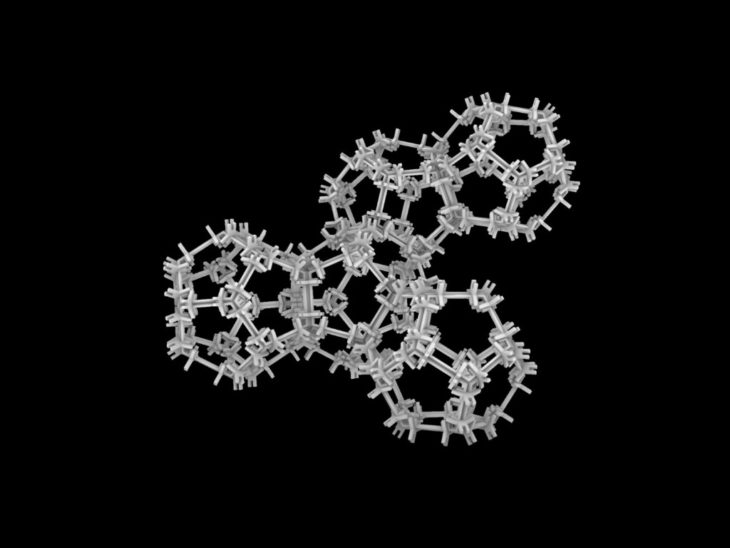
.Image01 and Image02. Design of polyhedron and recursive aspects in digital realms
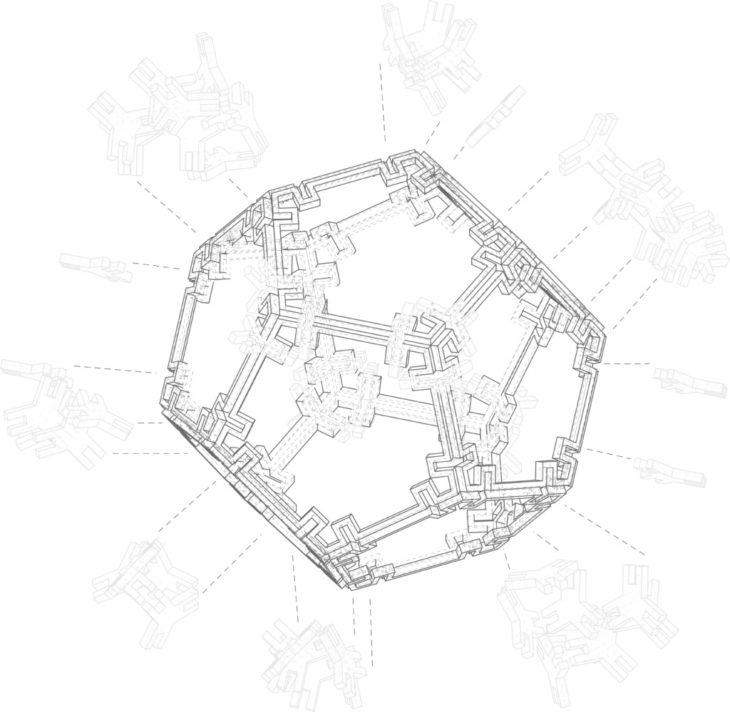
.Image03. Joints and geometry in axonometric diagram
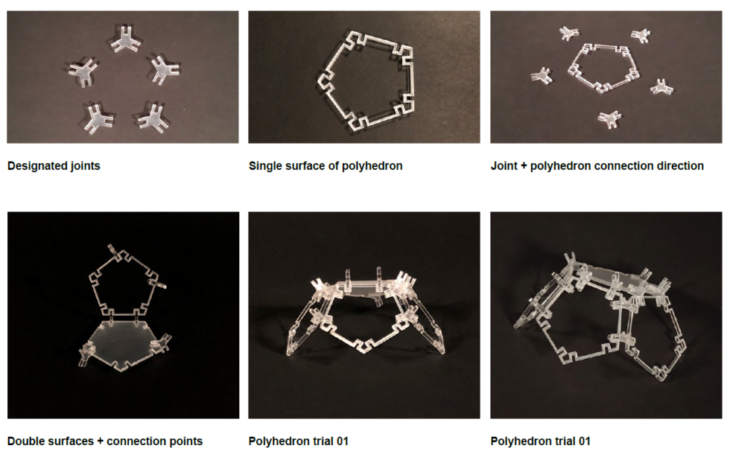
.Image04. Laser cutting process and assembly
–FINAL PROTOTYPE PICTURES
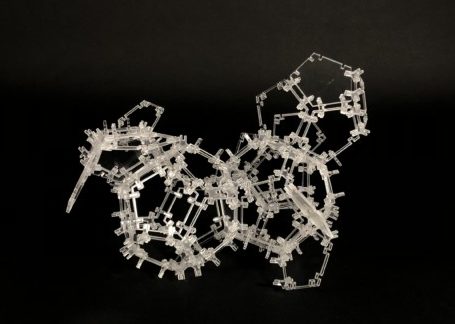
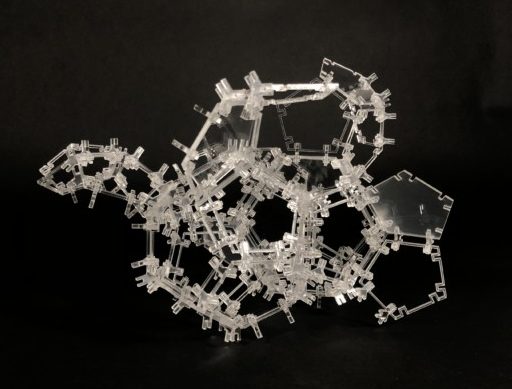
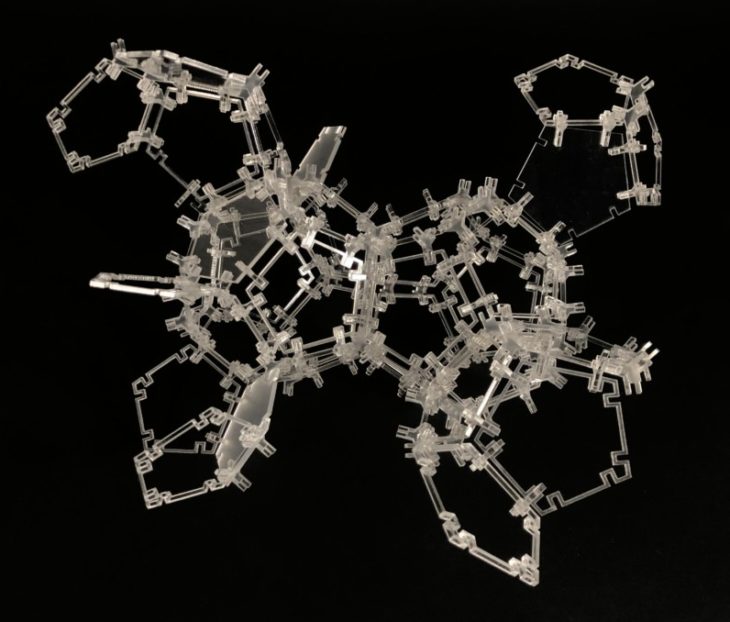
— 3D PRINTING : TRIANGULATION
The concept was to create a triangulated geometry that has different kinds of nodes for aggregation. A variety of nodes were created while exploring to add different modules to the triangular faces. Horizontal recursivity was chosen to aggregate this model.
Firstly, the geometry was modelled in Rhinoceros and aggregation strategies were explored.
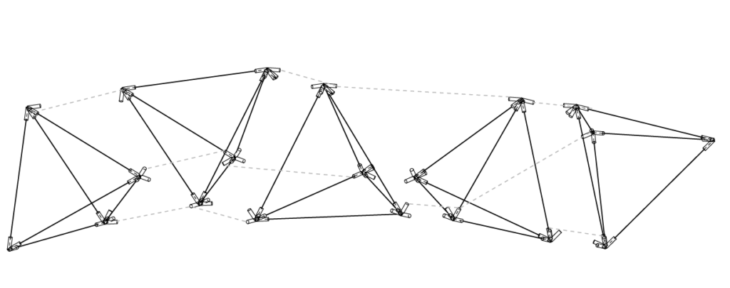
.Image01. Aggregation strategy exploration
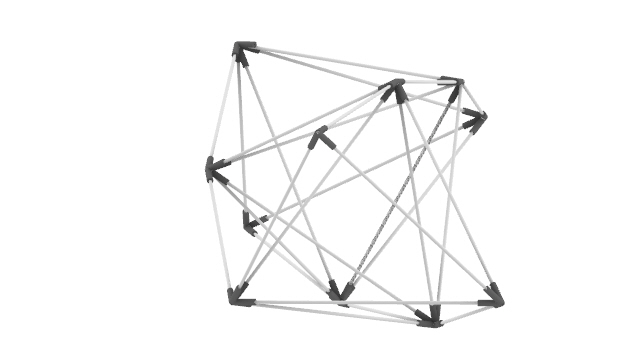
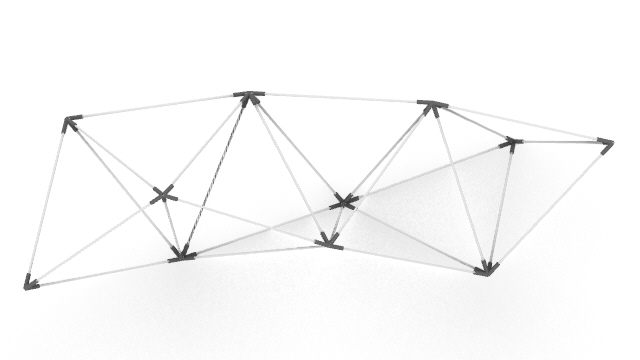
.Image02 and Image03. Rendered geometry
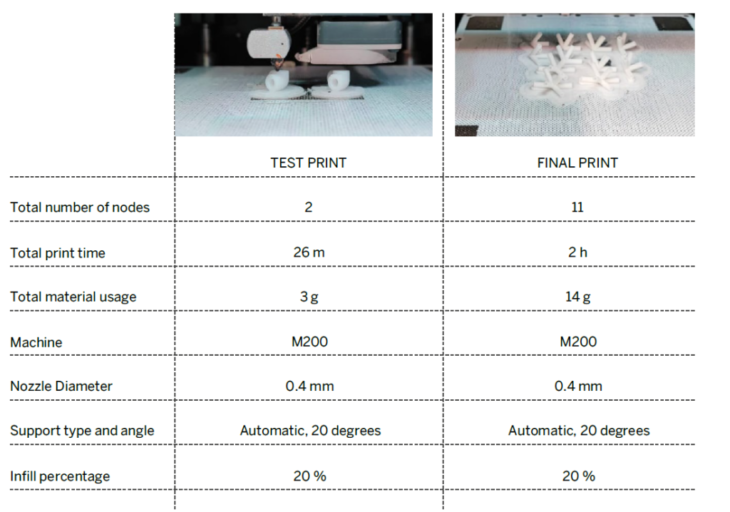
.Image04. Print Parameters
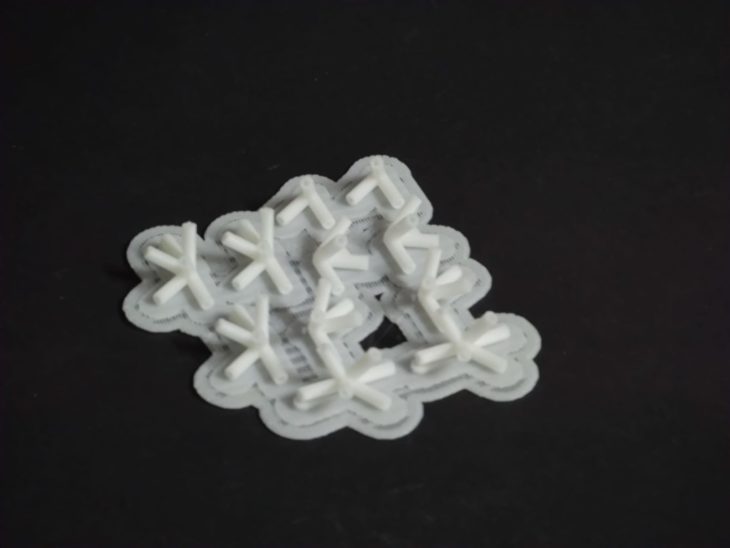
.Image05. Printed joints
–FINAL PROTOTYPE PICTURES
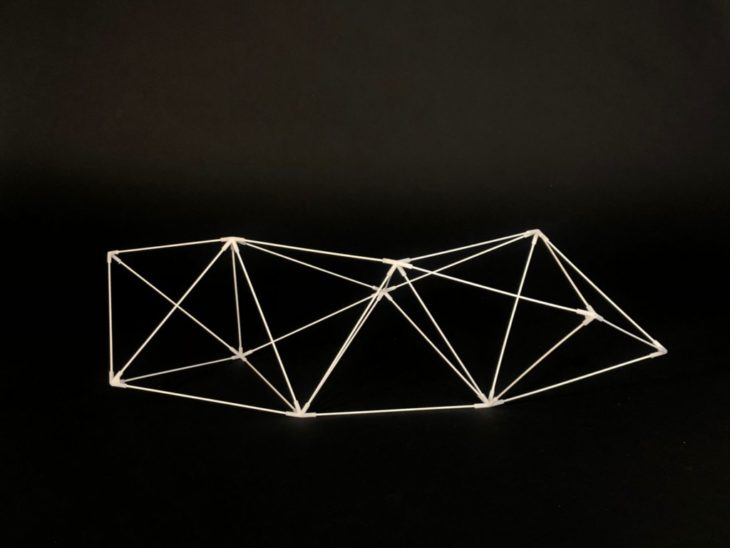
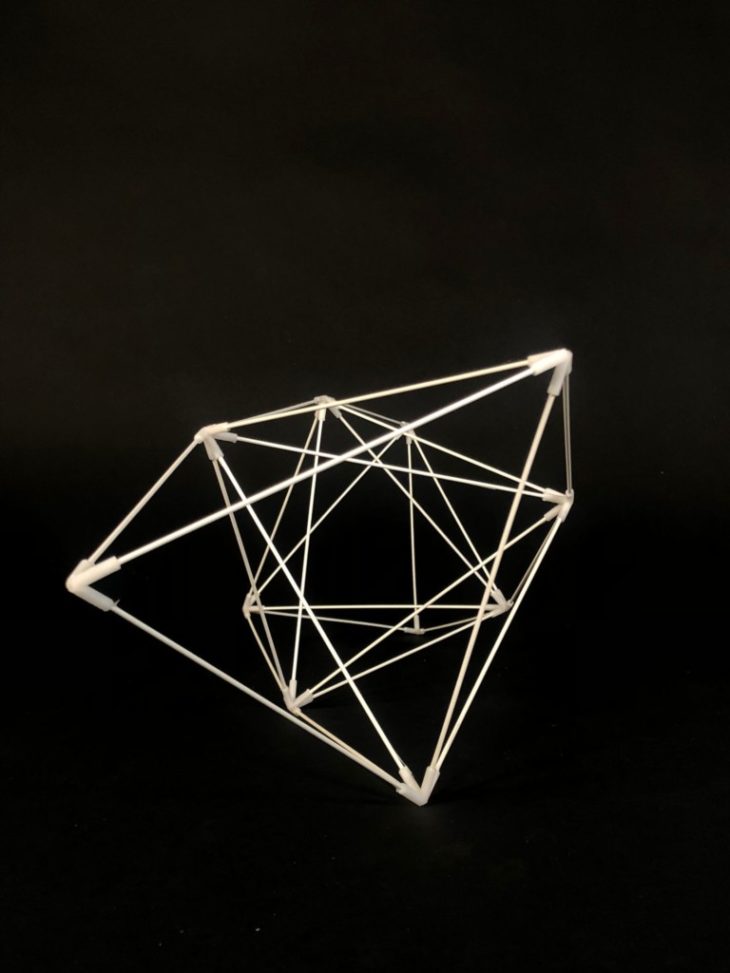
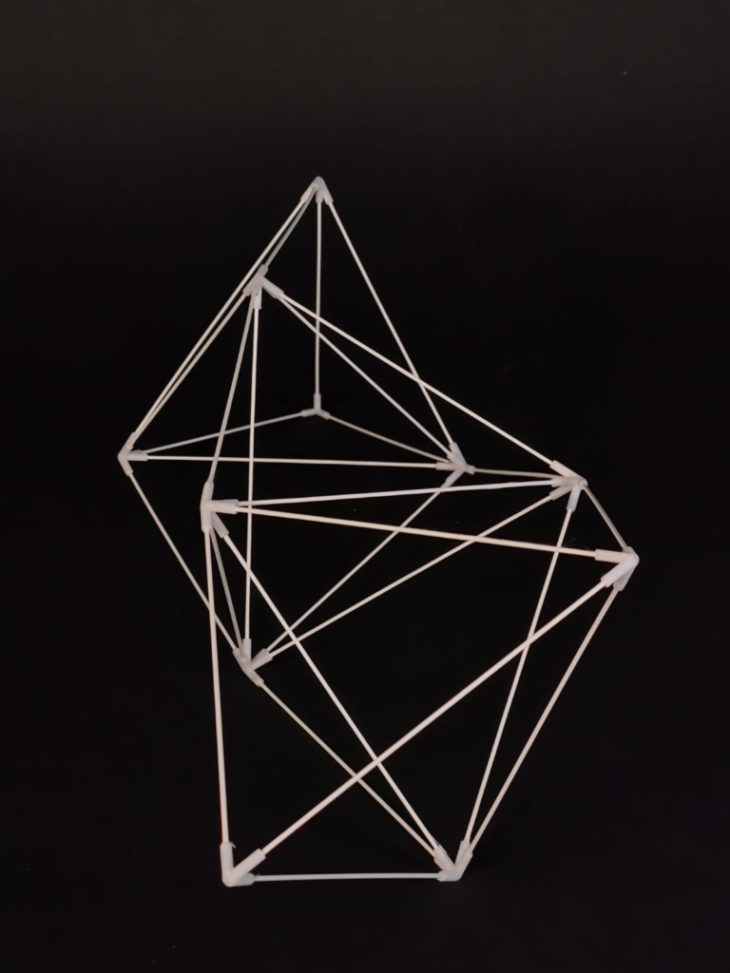
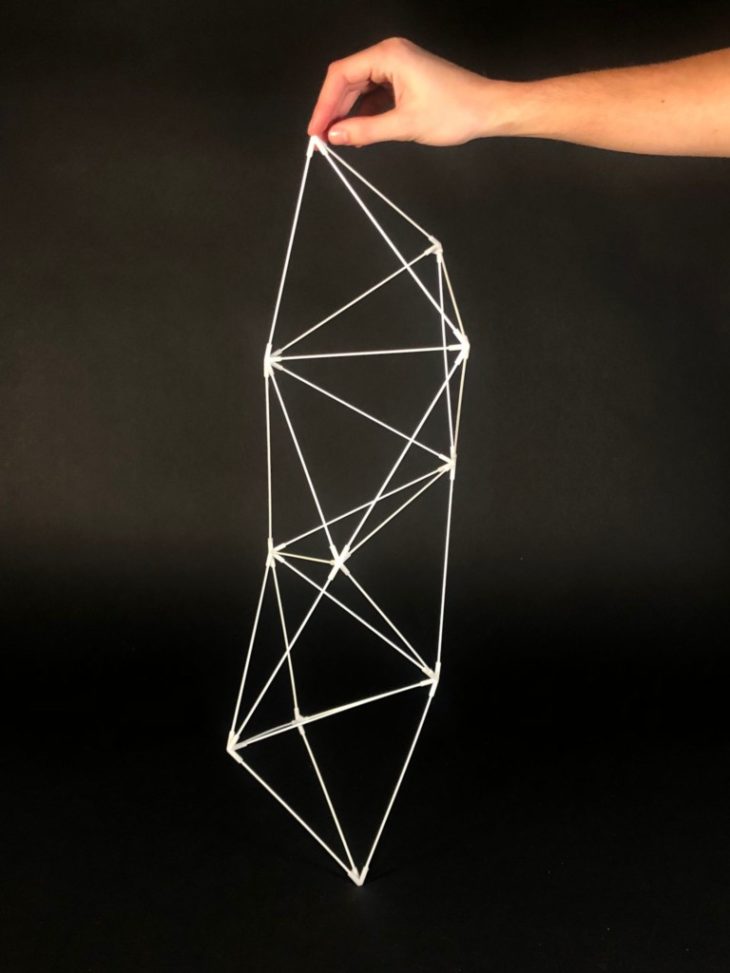
Introduction to Digital Fabrication — Recursive Geometries is a project of IAAC, Institute for Advanced Architecture of Catalonia developed at Master in Advanced Architecture in (2021) by:
Students: Aleyna Gültekin, Changkai Qi, James Alcock
Faculty: Shyam Francesco Zonca, Ricardo Mayor, Lana Awad
